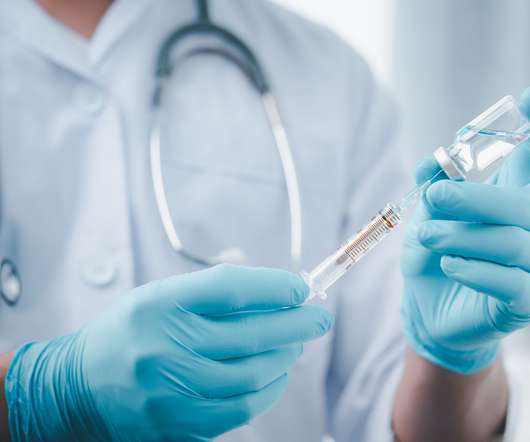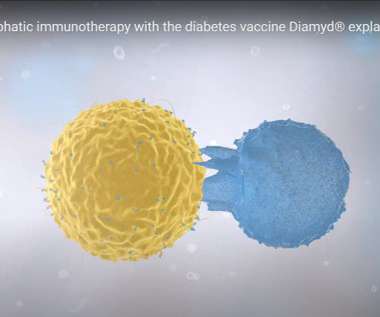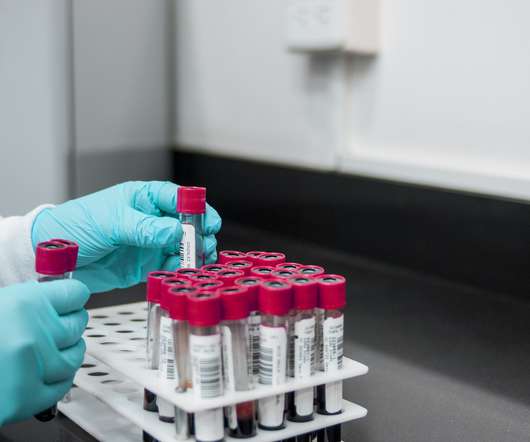10 Key Learnings from Successful Cellular and Gene Therapy Trials for Rare Diseases
XTalks
APRIL 24, 2023
Melanie Blank, clinical team leader for General Medicine Branch 1 at the US Food and Drug Administration’s (FDA) Division of Clinical Evaluation and Pharmacology/Toxicology (DCEPT), the agency is seeing one or two new applications coming in every week for new gene therapies for different diseases. Reference: Chung DC, et al.













Let's personalize your content